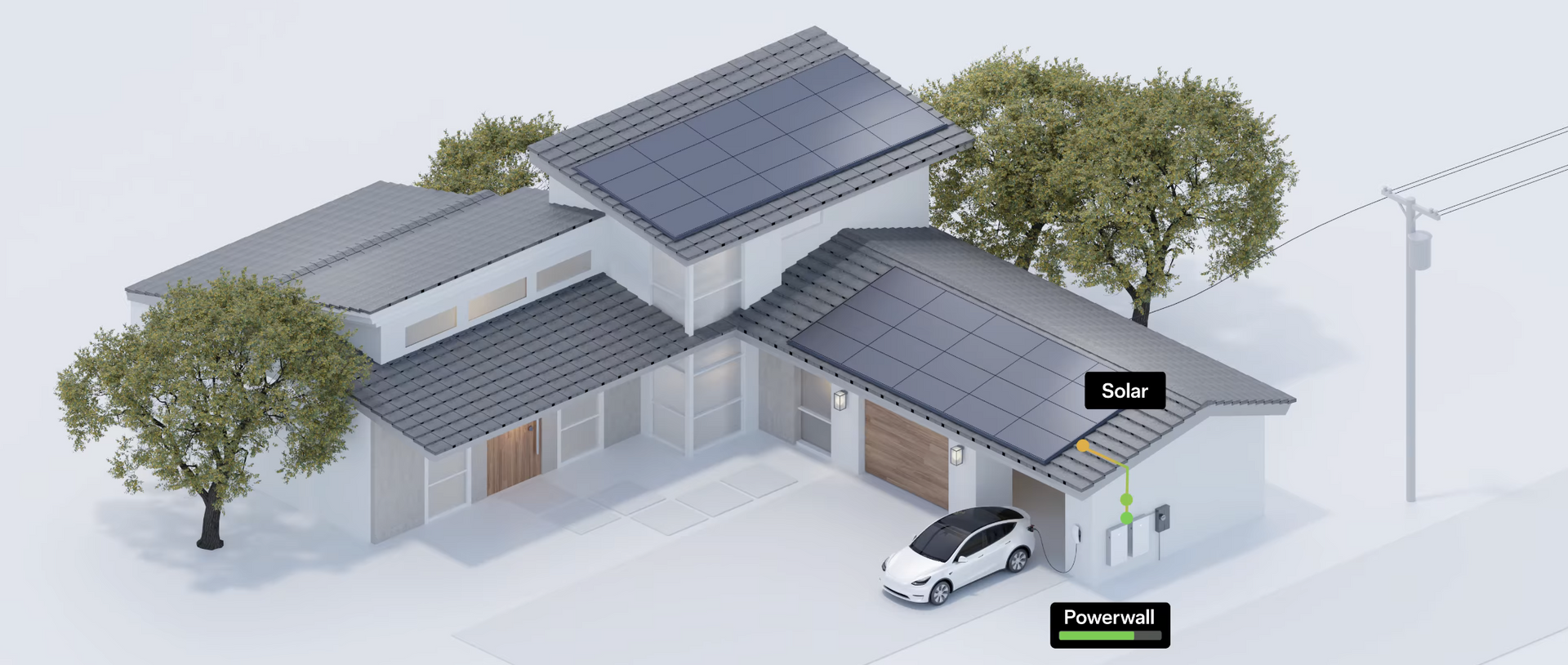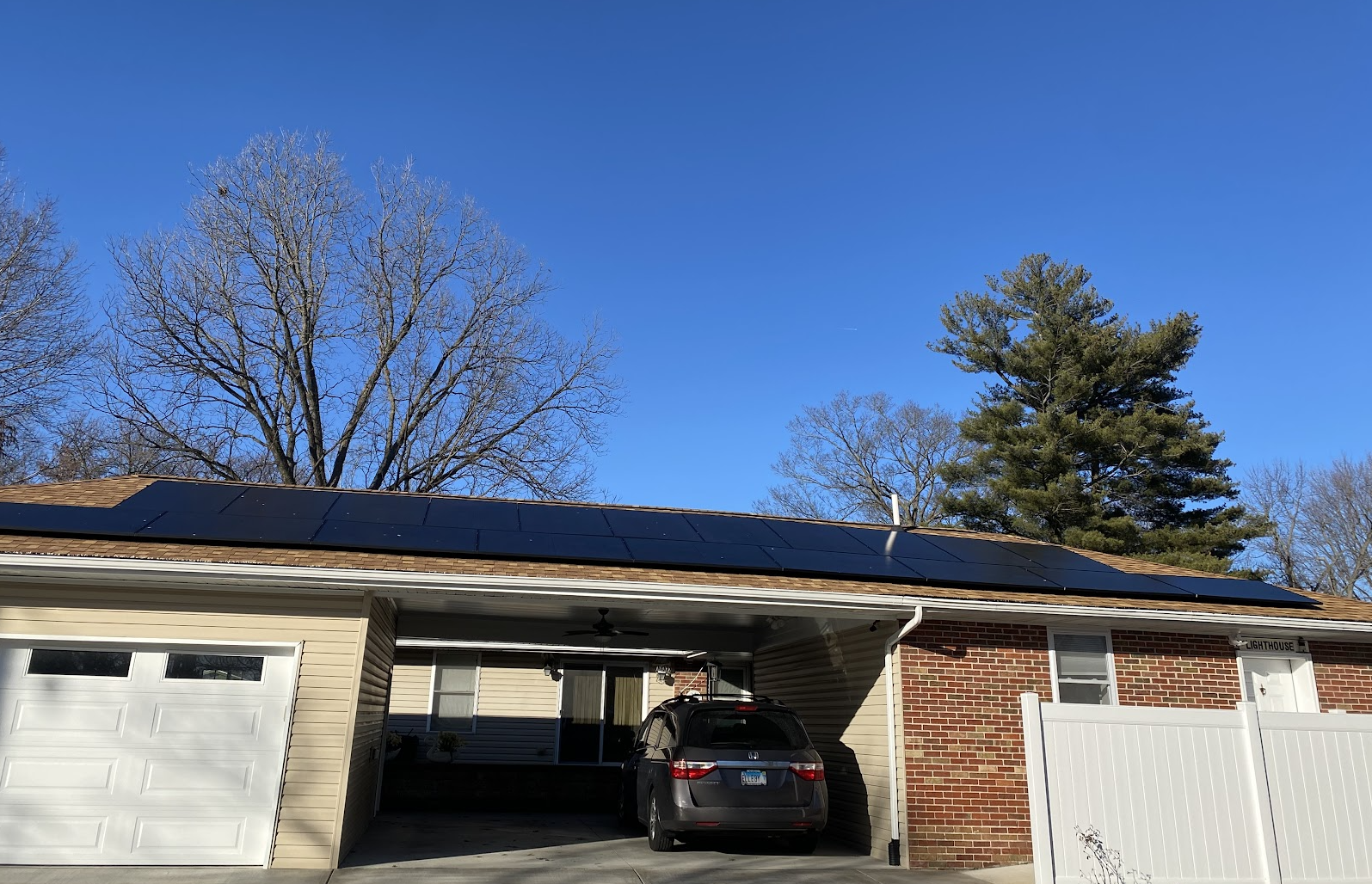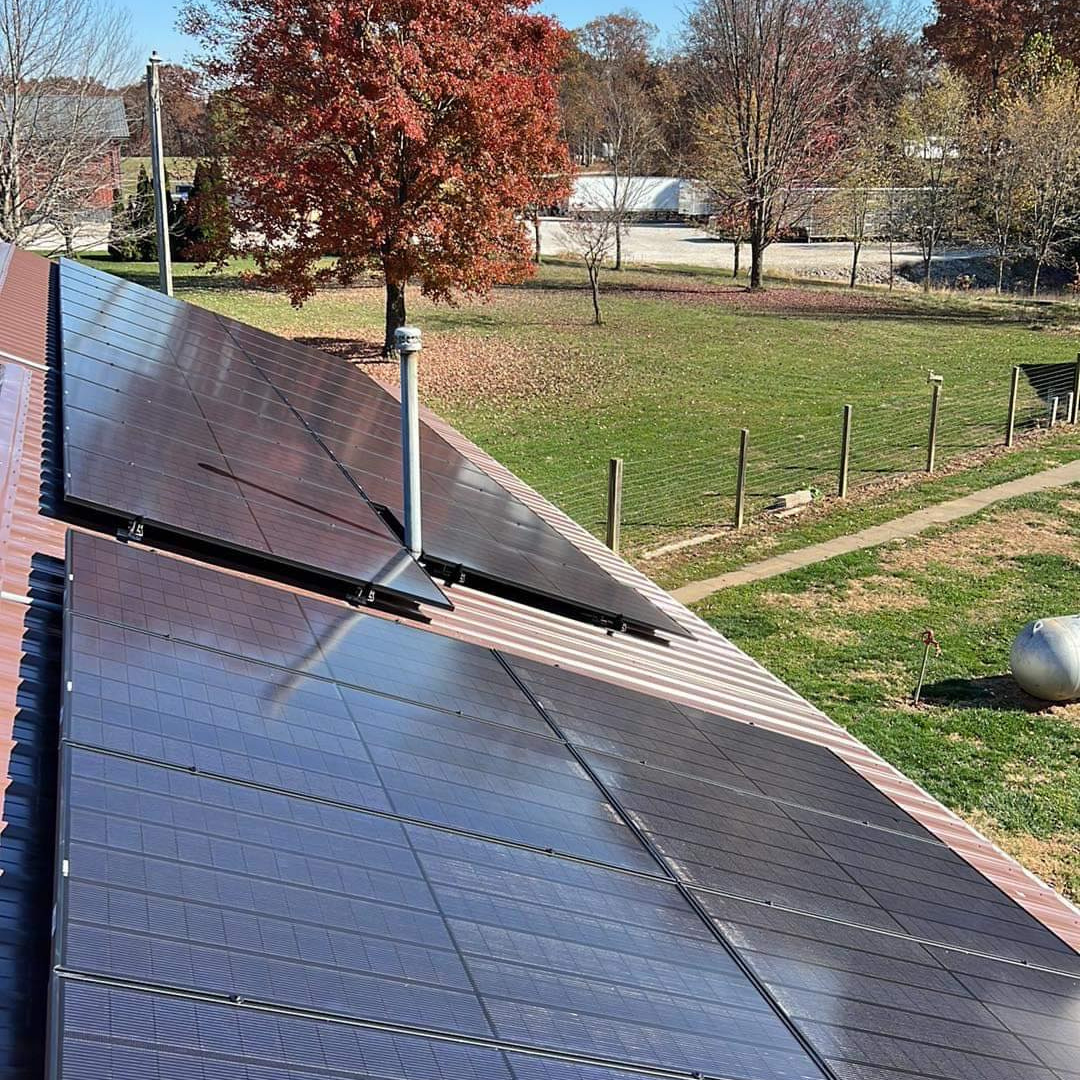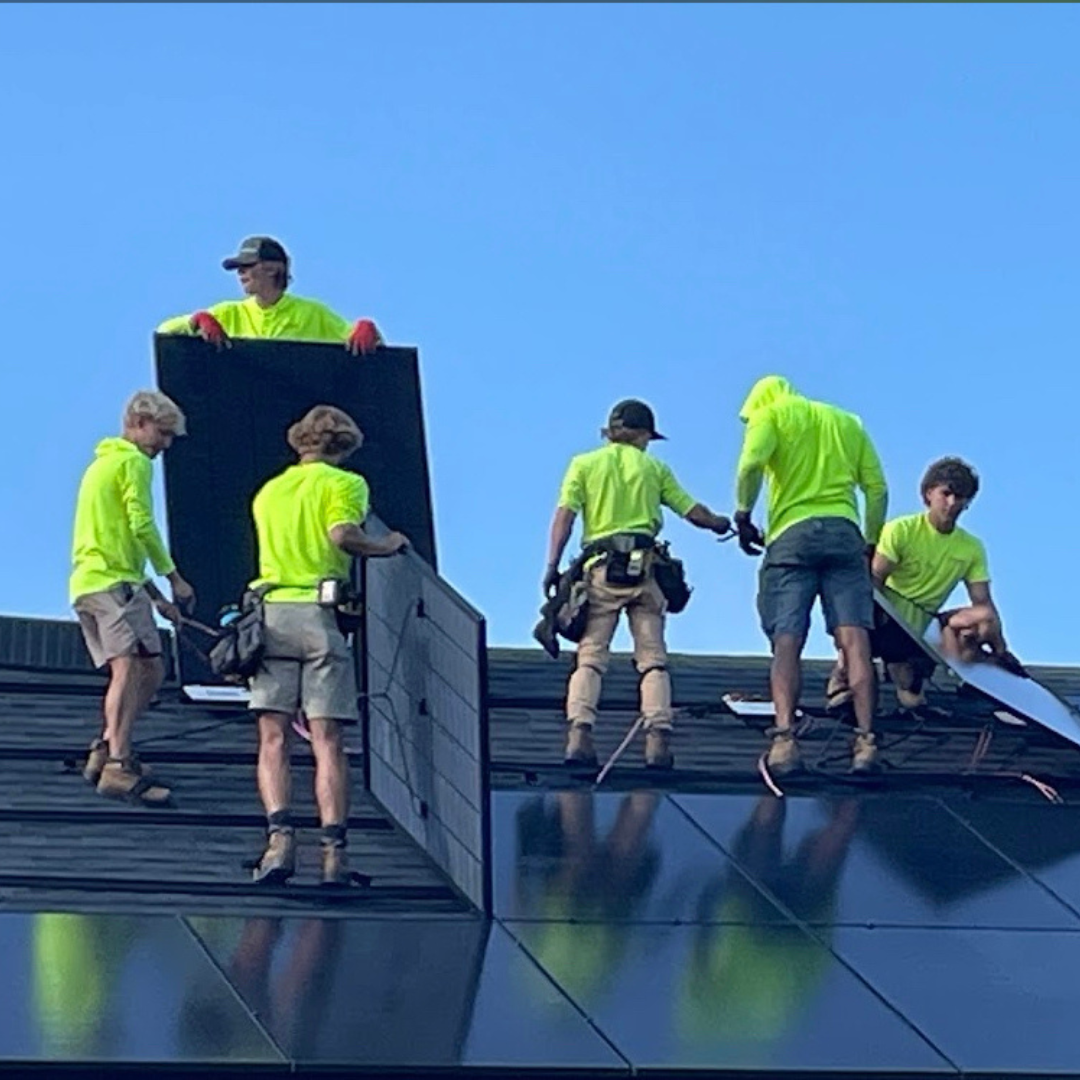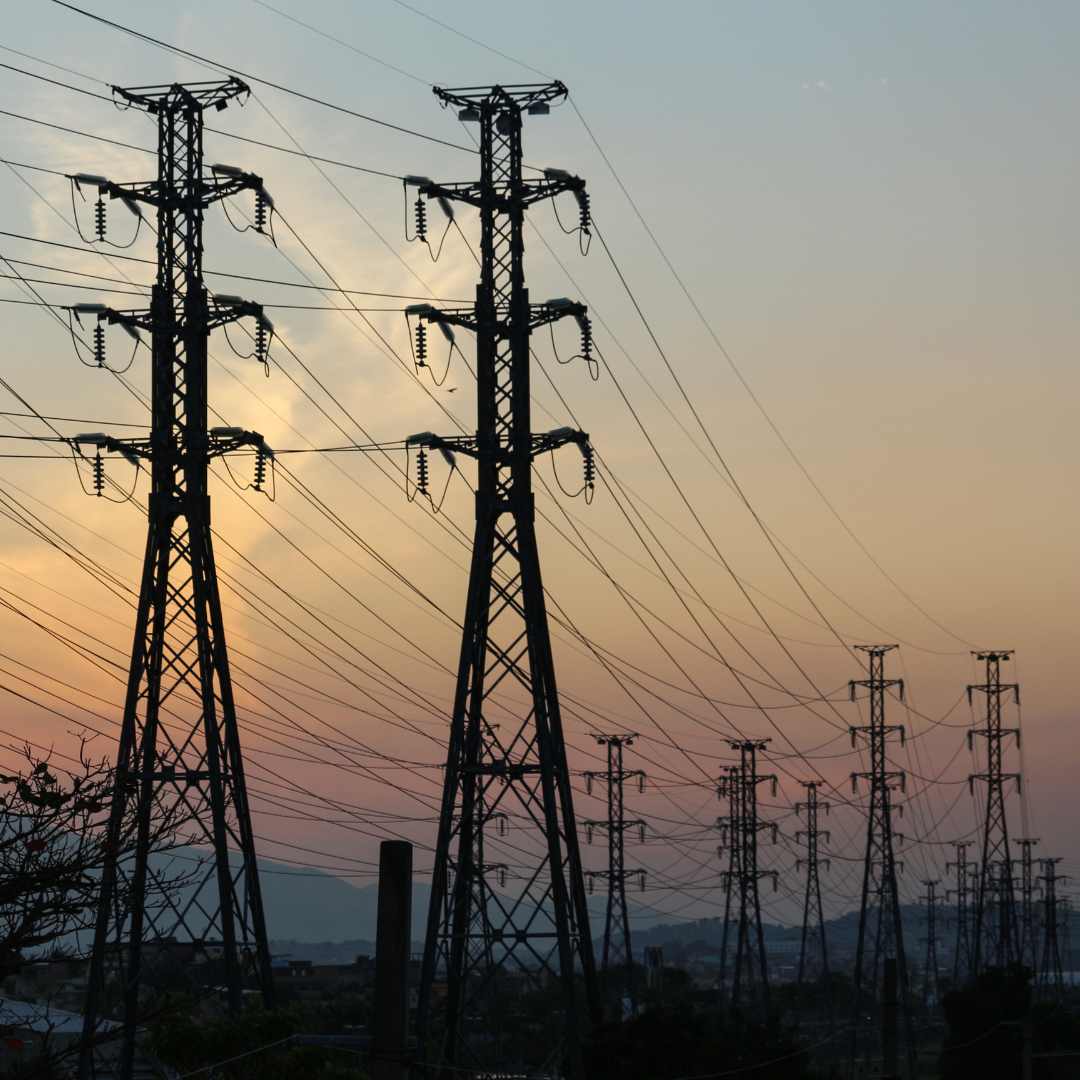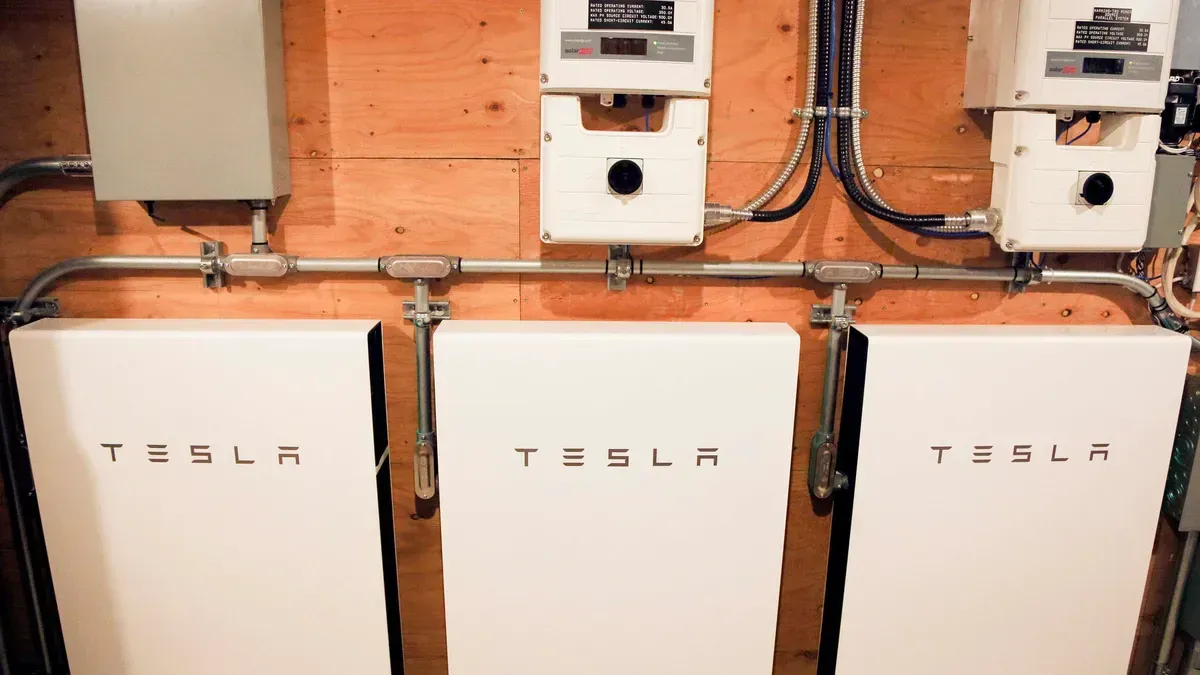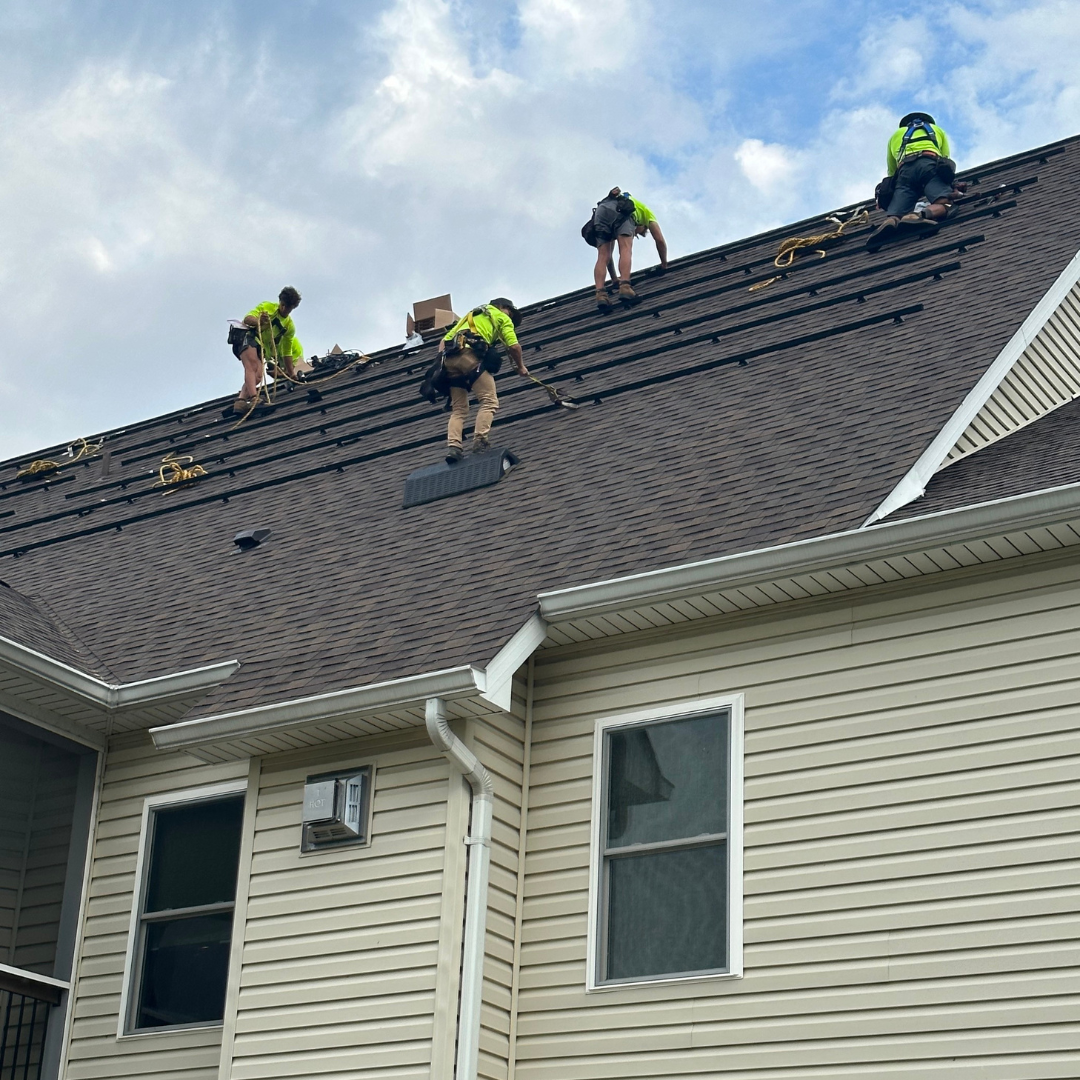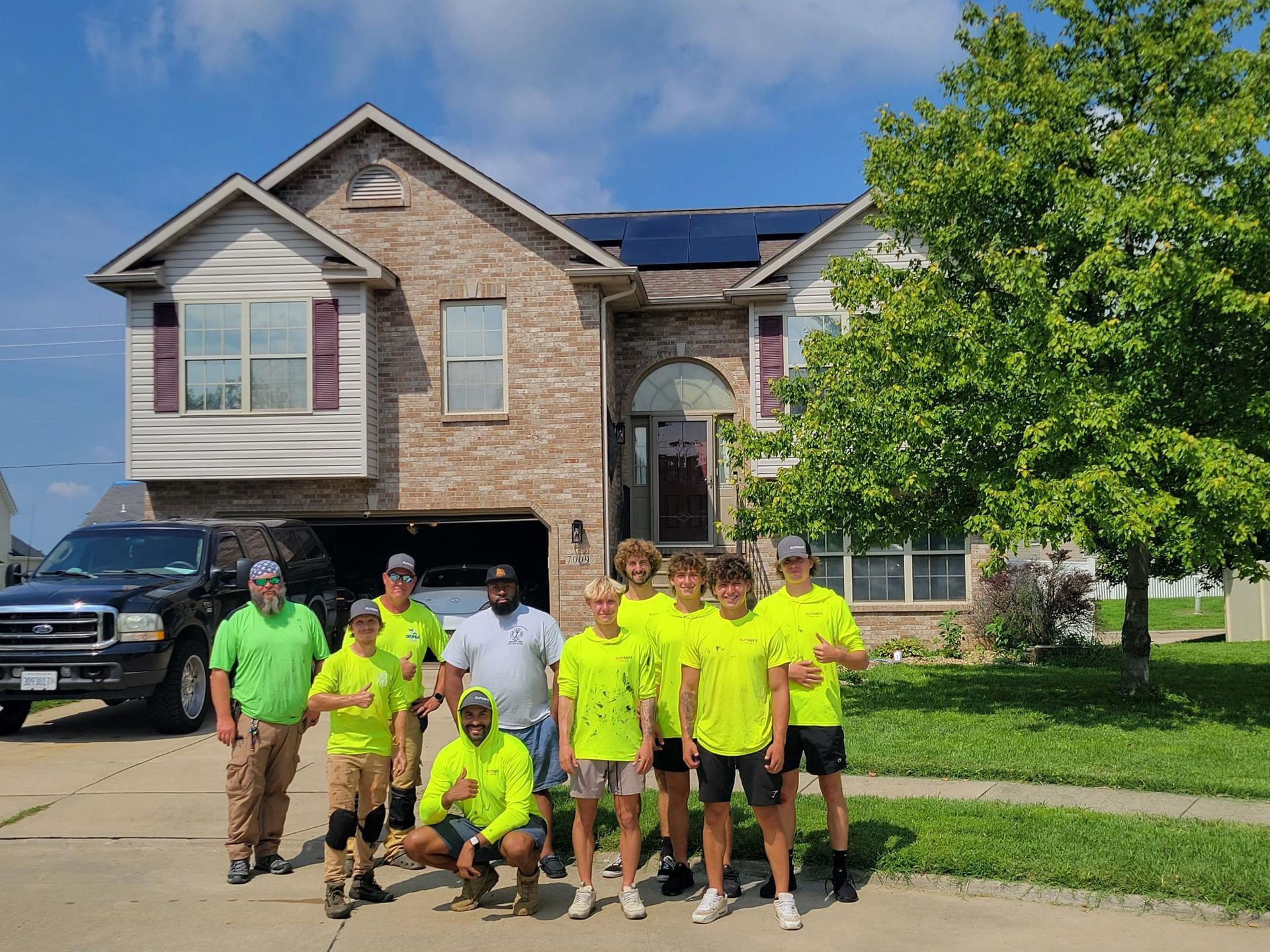When Snow Melts, Your Roof Could Be in Trouble
After the Midwest’s latest snowstorm, you might be enjoying the peaceful blanket of white covering your home. But beneath that beauty could lurk a serious problem for your roof. As the snow and ice melt, common roof leaks may rear their ugly heads—and SunSent Solar and Roofing is here to help you spot them before they wreak havoc on your home.
Let’s dive into some of the most common roof leaks homeowners face, with a special focus on ice damming, a winter menace every Midwesterner should know about.
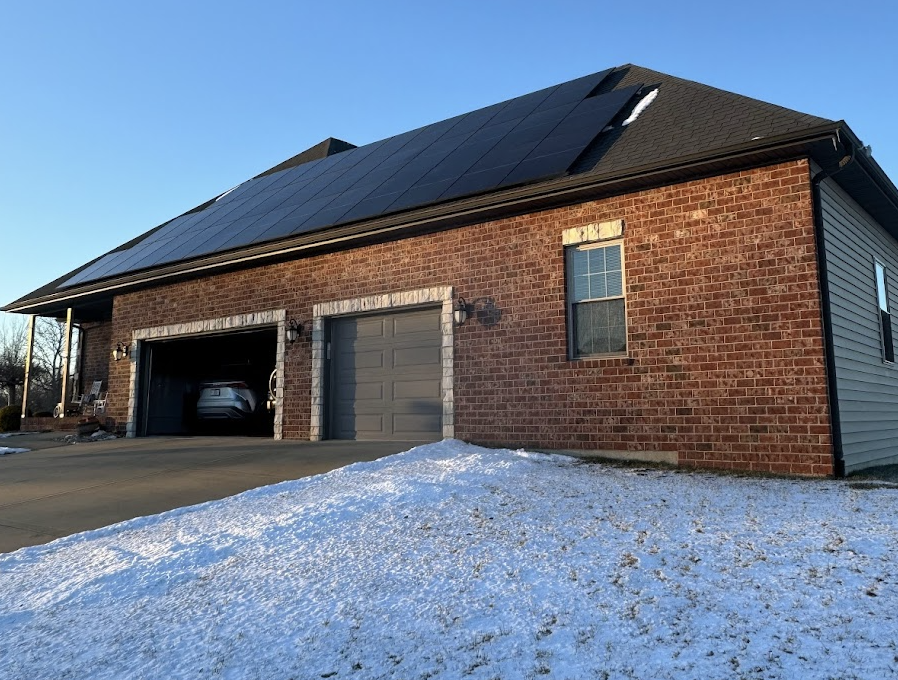
1. Ice Damming Leaks: Winter's Hidden Threat
Ice dams form when snow on your roof melts, then refreezes near the edges or in valleys. This creates a barrier of ice that traps melting water behind it. The trapped water can seep under your shingles and into your home, causing leaks, water damage, and even mold growth.
With the heavy snow and ice we’ve just experienced, now is the time to act. Once ice dams form, there’s little a roofer can do until the snow and ice thaw. But SunSent Solar and Roofing offers free roof inspections to ensure your roof is prepared for the next freeze. When it’s time to replace your roof, we can install an ice and water shield to protect against future ice damming.
2. Pipe Boot Failures: A Leaky Weak Spot
Pipe boots, the protective flashing around roof pipes, are vulnerable to cracking from UV exposure over time. A failed pipe boot leads to leaks around bathrooms or closets.
Quick Tip:
SunSent Solar and Roofing can replace cracked pipe boots or install rubber collars for a lasting fix.
3. Nail Back-Outs: A Tiny Problem with Big Consequences
Improperly driven or overdriven nails can back out of your shingles, letting water trickle into your home. This is especially common after severe storms or fluctuating temperatures.
Solution: Let our experienced team reposition nails, seal old holes, and ensure your roof is secure.
4. Roof Flashing Problems
Flashing, the metal that directs water away from vulnerable roof areas, can fail over time. Missing or improperly installed flashing often causes leaks near chimneys, walls, or skylights.
Fix It Fast: We can repair or replace flashing to keep water flowing away from your home where it belongs.
5. Debris in Gutters and Valleys
Snow, ice, and leaves often clog gutters, leading to water pooling in roof valleys. When water backs up, it finds its way into your home.
Preventative Maintenance: Keep gutters clear year-round and call us if you notice leaks near gutters or valleys.
Why Act Now?
When snow and ice melt, your roof’s weaknesses become glaringly obvious. Don’t wait until you see water dripping from your ceiling. A free roof inspection from SunSent Solar and Roofing can uncover hidden issues before they escalate into costly repairs.
Your Winter Roofing Checklist
- Check for ice dams and call us for an inspection if you spot them.
- Look for water stains on ceilings or walls.
- Ensure gutters and downspouts are clear of debris.
- Schedule a free inspection with SunSent Solar and Roofing to give your roof a clean bill of health.
Question for Homeowners:
Are you wondering how to avoid power outages during winter storms? Check out our blog post on
Solar Batteries for tips on maintaining energy independence and keeping the lights on when the grid goes down. Stay warm, stay safe, and let
SunSent Solar and Roofing handle the rest!
